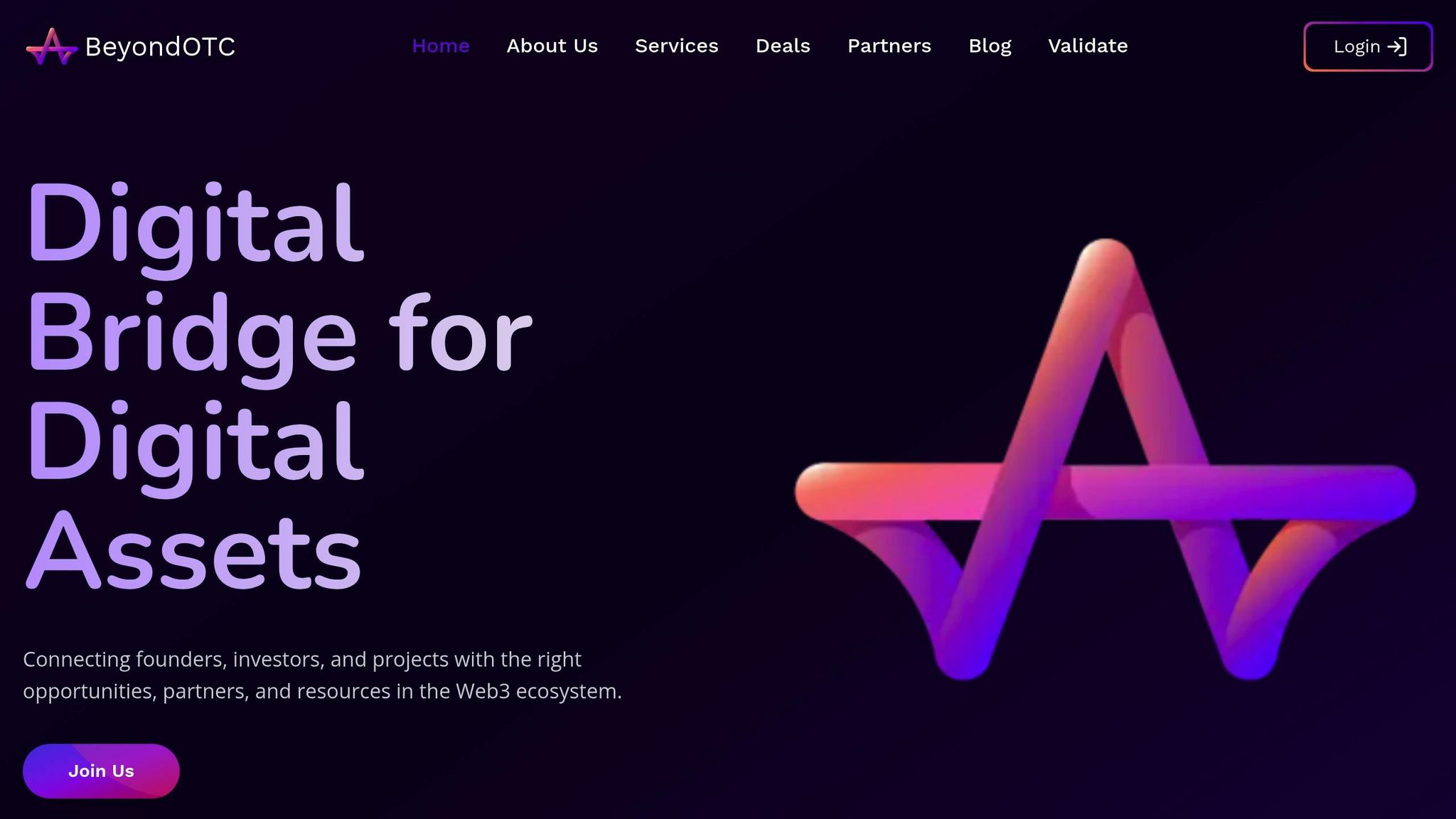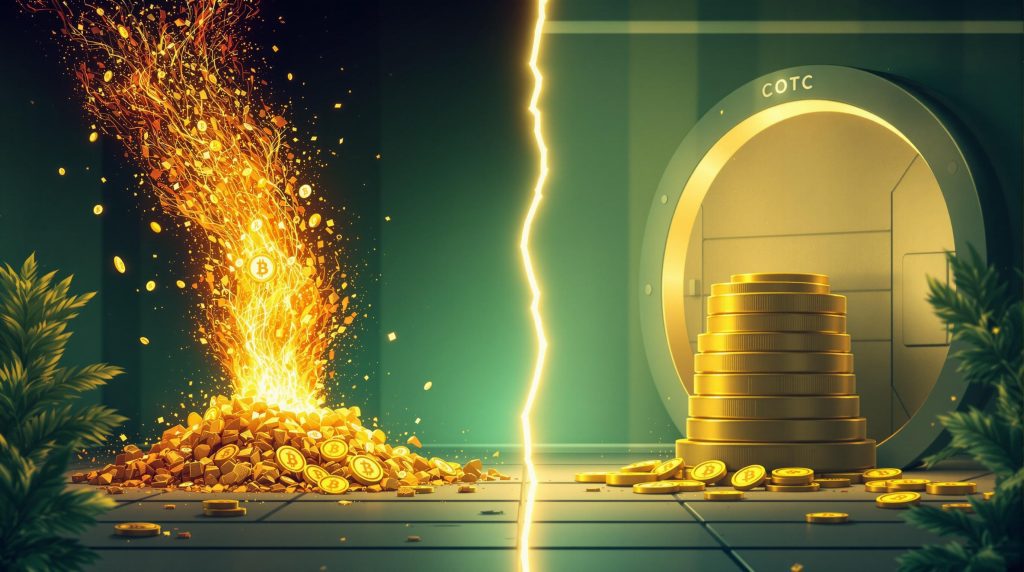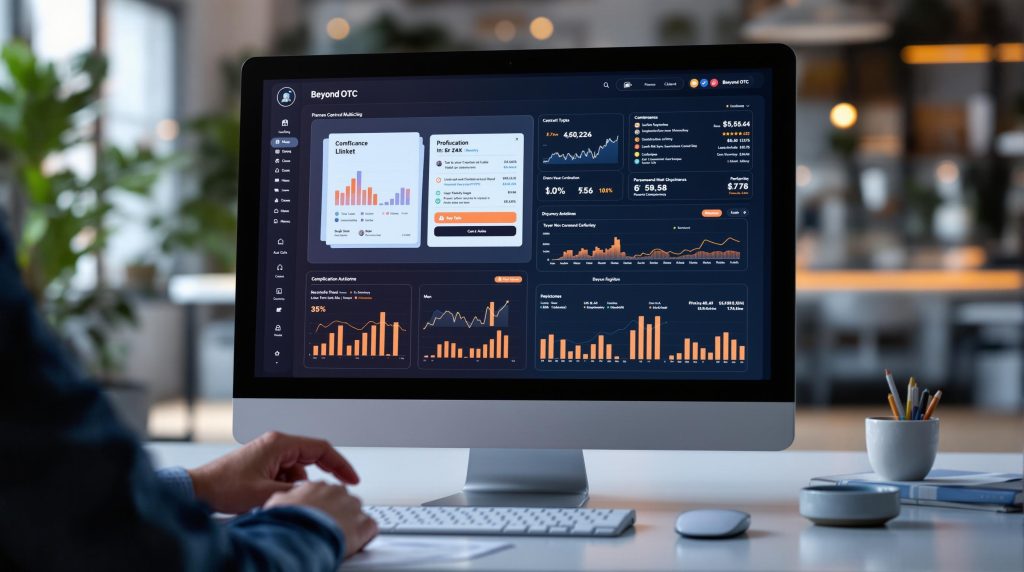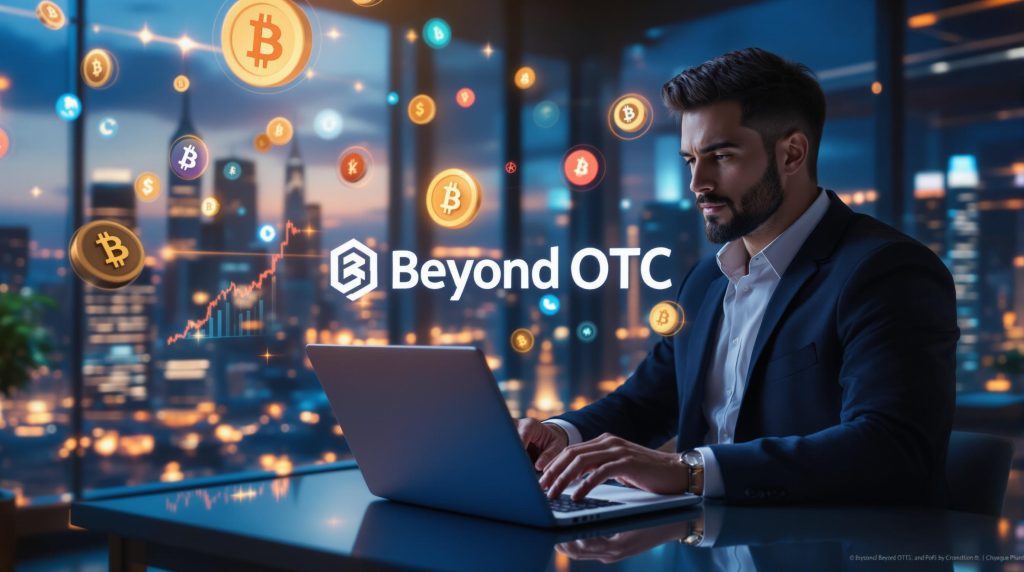What’s the difference between token burns and buybacks?
- Token Burns: Permanently remove tokens from circulation by sending them to a dead wallet. This reduces supply and creates long-term scarcity, which can increase token value over time.
- Token Buybacks: Projects repurchase tokens from the market, often to support prices or reduce supply temporarily. These tokens can be held, redistributed, or burned.
Quick Comparison
| Feature | Token Burns | Token Buybacks |
|---|---|---|
| Supply Impact | Permanent reduction | Temporary unless burned |
| Market Interaction | No direct market activity | Active market participation |
| Cost to Project | No direct cost | Requires financial resources |
| Price Impact | Gradual, long-term scarcity effect | Immediate buying pressure |
| Timing | Fixed or scheduled events | Flexible, based on market needs |
| Transparency | Fully verifiable on-chain | May involve multiple transactions |
Key Takeaway: Token burns are better for long-term deflationary goals, while buybacks are ideal for immediate price support or market stabilization. Choose based on your project’s needs and market conditions.
How Token Burns Work
Token Burn Process
Token burns permanently remove tokens from circulation in a straightforward three-step process:
- Developers activate the token’s burn function within its smart contract.
- Tokens are sent to a specific burn address, such as 0x000000000000000000000000000000000000dead, which has no accessible keys.
- The transaction is recorded on the blockchain, ensuring the tokens are gone for good.
This process directly impacts the token’s circulating supply, as we’ll explore below.
Effects on Supply and Price
When tokens are permanently removed, the circulating supply decreases. If demand stays steady, this reduction can lead to higher prices. Regular token burns also show a commitment to maintaining token value, which can strengthen market confidence over time.
How Token Buybacks Work
Buyback Process
Token buybacks involve projects repurchasing their own tokens from the market. Here’s how it usually works:
- Treasury Allocation: Projects set aside funds, often from their revenue or reserves, specifically for the buyback.
- Market Purchase: Tokens are then bought from exchanges at the current market price.
- Token Management: The purchased tokens are either stored in treasury wallets or permanently removed (burned).
This process directly affects the market, as explained below.
Market Price Impact
Buybacks can significantly influence tokenomics by creating immediate buying pressure and reducing the token supply.
- Increased Demand: Actively purchasing tokens lowers their availability on exchanges.
- Investor Confidence: Regular buybacks can signal a strong commitment from the project, boosting investor trust.
- Price Stability: Strategic buybacks during market dips can help maintain price levels.
The overall impact depends on factors like market liquidity, the size of the buyback, how it’s executed, and prevailing market conditions.
Direct Comparison: Burns vs. Buybacks
Feature Comparison Table
| Feature | Token Burns | Token Buybacks |
|---|---|---|
| Supply Impact | Immediate, permanent reduction | Temporary reduction unless burned |
| Market Activity | No direct market interaction | Active participation in the market |
| Cost to Project | Can be planned with no direct cost | Requires capital expenditure |
| Price Impact | Gradual through scarcity | Immediate due to buying pressure |
| Implementation | One-time or scheduled events | Flexible timing based on market |
| Transparency | Publicly verifiable on-chain | May involve multiple transactions |
| Market Signal | Shows long-term deflationary intent | Reflects active project involvement |
This table highlights the differences between token burns and buybacks, setting the foundation for evaluating their strengths and weaknesses.
Advantages and Disadvantages
Let’s break down the key benefits and drawbacks of each approach:
Token Burns
Advantages:
- Permanently reduces supply in a verifiable way.
- No ongoing need for capital.
- Sends a clear message of deflationary intent to investors.
- Creates predictable effects on token metrics.
Disadvantages:
- Doesn’t provide immediate price support.
- Irreversible once executed.
- May lower liquidity in the market.
- Overuse could harm token utility.
Token Buybacks
Advantages:
- Provides immediate support to the market.
- Timing can be adjusted based on market conditions.
- Can improve investor confidence.
- Bought tokens can be held in treasury for future use.
Disadvantages:
- Requires substantial capital reserves.
- Market effects might only be short-term.
- Execution can be more complicated.
- May attract regulatory scrutiny.
These pros and cons help guide the strategic use of burns or buybacks depending on the project’s needs.
Best Uses for Each Strategy
Choosing the right approach depends on the project’s goals and market conditions:
Token Burns Are Best For:
- Achieving long-term deflationary goals.
- Projects with an oversupply of tokens.
- Scheduled reduction plans.
- Community-led governance initiatives.
Buybacks Are Ideal When:
- Immediate price stabilization is required.
- The project has strong financial reserves.
- Market conditions are unpredictable.
- Strategic management of treasury assets is a priority.
The decision between burns and buybacks should align with the project’s stage, financial health, and long-term vision. Careful evaluation of these factors ensures the chosen strategy fits the overall tokenomics plan.
sbb-itb-7e716c2
Cryptocurrency’s Buyback And Burn Strategy Explained …
Decision Factors
When choosing a strategy, it’s crucial to consider how it will impact token value and investor sentiment over time. Here’s a breakdown of the long-term effects of each approach.
Long-term Effects
- Token Burns: By permanently reducing the token supply, burns create scarcity, which can increase long-term value. However, if not managed well, they might harm token utility or limit ecosystem growth.
- Token Buybacks: This approach involves repurchasing tokens without permanently reducing supply, allowing for more flexibility. While it doesn’t create immediate scarcity, a well-executed and transparent buyback can build investor trust.
To maintain value and investor confidence, projects should ensure their chosen strategy aligns with their long-term goals and the market’s expectations.
Conclusion
Key Takeaways
Token burns permanently reduce supply, while buybacks offer adaptable market support. The right approach depends on a project’s phase, market environment, and community objectives. These factors highlight the importance of expert insights tailored to specific needs.
BeyondOTC Services

Executing a successful strategy requires professional expertise. BeyondOTC offers support through:
- Strategic Advisory: Provides guidance on token economic decisions based on specific goals and market trends.
- Market Implementation: Works with key market players to carry out burn and buyback strategies effectively.
- Compliance Guidance: Ensures all token strategies align with regulatory requirements.
BeyondOTC helps projects design and implement token strategies that align with their long-term goals. Achieving market stability isn’t just about execution – it also requires transparent communication with the community. Their go-to-market strategy service ensures these initiatives are clearly conveyed to foster understanding and support.




